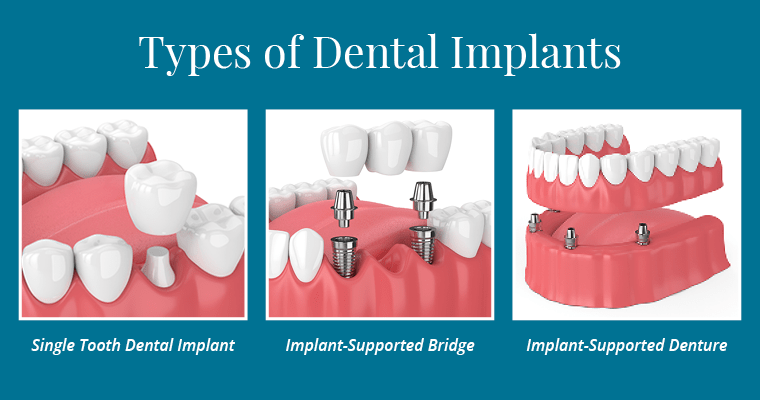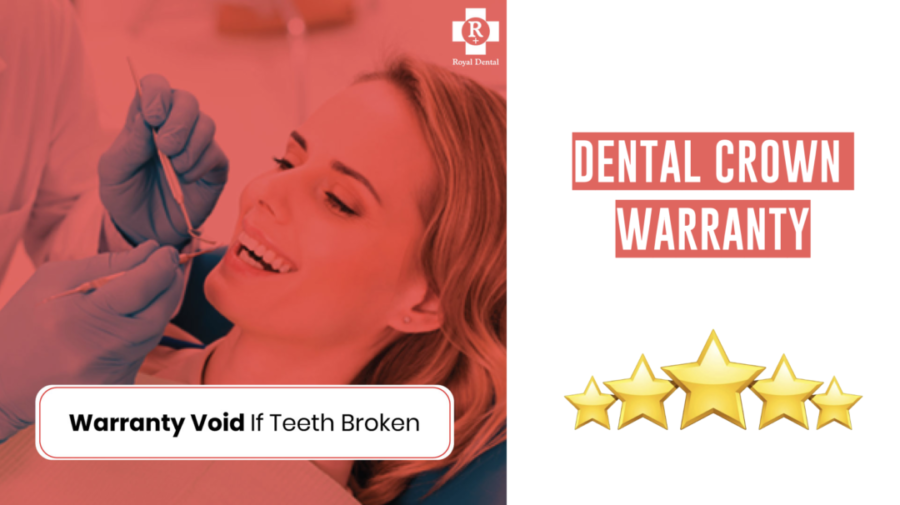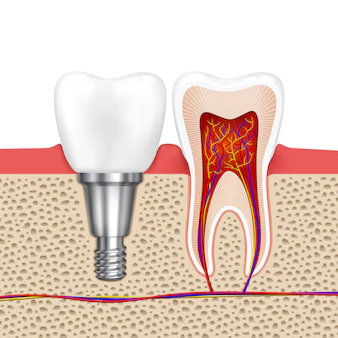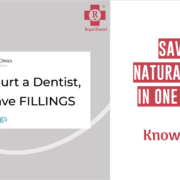Implants are prosthetic teeth that are cemented or otherwise attached, to the jawbone. Implants can be placed almost anywhere in the mouth; however, they are most commonly used to support replacement teeth in locations like the front of the mouth where natural supports—like roots and periodontal ligaments—are weakest. No matter where they’re placed, every implant requires a secure attachment to the jawbone from which it will support a tooth replacement. In some cases, dentists will use screws or bolts to attach a dental implant to the bone. In other instances, there may only be enough room for a small anchor that is drilled directly into the bone itself. Regardless of the circumstances, there are several different methods for attaching implants securely without being intrusive or damaging.
4 methods of attaching implant to crown
The screw anchoring method involves putting a screw into the implant and then screwing it into the bone. This method is most common when a dentist is placing a single implant to support a crown.
Spring-tensioned anchoring method is recommended for multiple implants that are placed in relatively small gaps. This method involves putting a small anchor in the bone and then putting a spring on top of it.

Combination screw and spring tensioning anchor method is recommended for single implants that are placed in large gaps. This method involves putting a screw into the implant and then putting a spring on top of it.
The helical anchoring method is common in situations where there isn’t enough room to put a traditional screw or spring. In this method, a small anchor is placed in the bone and then inserted into the implant.
Screw anchoring method
The screw anchoring method involves putting a screw into the implant and then screwing it into the bone. This method is most common when a dentist is placing a single implant to support a crown. The implant and the crown are placed on the tooth as normal. A small hole is then drilled into the bone directly beside the implant. The dentist then puts a screw into the implant and screws it into the bone. This method requires a small incision in the gum to access the bone, but it is minimally invasive. This makes it a good option for people who have weak gum tissue around their teeth.

Spring-tensioned anchoring method
The spring-tensioned anchoring method is recommended for multiple implants that are placed in relatively small gaps. This method involves putting a small anchor in the bone and then putting a spring on top of it. An incision is made in the gum as usual. Then, a dentist puts a spring on top of a small anchor and presses it into the bone. This method is minimally invasive and is recommended for people who have healthy gum tissue around their teeth.
Combination screw and spring tensioning anchor method
The combination screw and spring tensioning anchor method is recommended for single implants that are placed in large gaps. This method involves putting a screw into the implant and then putting a spring on top of it. A small incision is made in the gum as usual. The dentist will then put a spring on top of a screw and press it into the bone. This is a more invasive method than the spring-tensioned anchoring method. It is recommended for people who have weak gum tissue around their teeth.
Helical anchoring method
The helical anchoring method is common in situations where there isn’t enough room to put a traditional screw or spring. In this method, a small anchor is placed in the bone and then inserted into the implant. The implant and the crown are placed on the tooth as normal. Then, a dentist puts a small anchor in the bone and inserts it into the implant. This is a more invasive method than the other three methods. It is recommended for people who have moderate to severe bone loss.
Bottom line
The 4 best methods of attaching implants to the crown are the screw anchoring method, the spring-tensioned anchoring method, the combination screw, and spring tensioning anchor method, and helical anchoring method. These methods can be used in a wide variety of situations. They are minimally invasive and recommended for people with healthy gum tissue and moderate to severe bone loss.
Suggested Article –
Pros and Cons of Full Mouth Dental Implants
Difference between Crowns and Dental Implants?
Follow Us For More Updates





